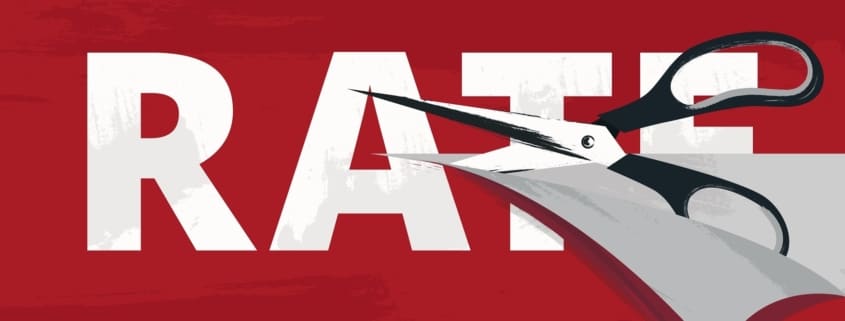Financing
Small business owners finally got some good news from the Federal Reserve Bank on Sept. 18, when Fed chairman Jerome Powell announced that the federal funds overnight rate will be lowered by one half of one percent (50 basis points) to 5%, marking the first time that the rate has been cut in more than […]








